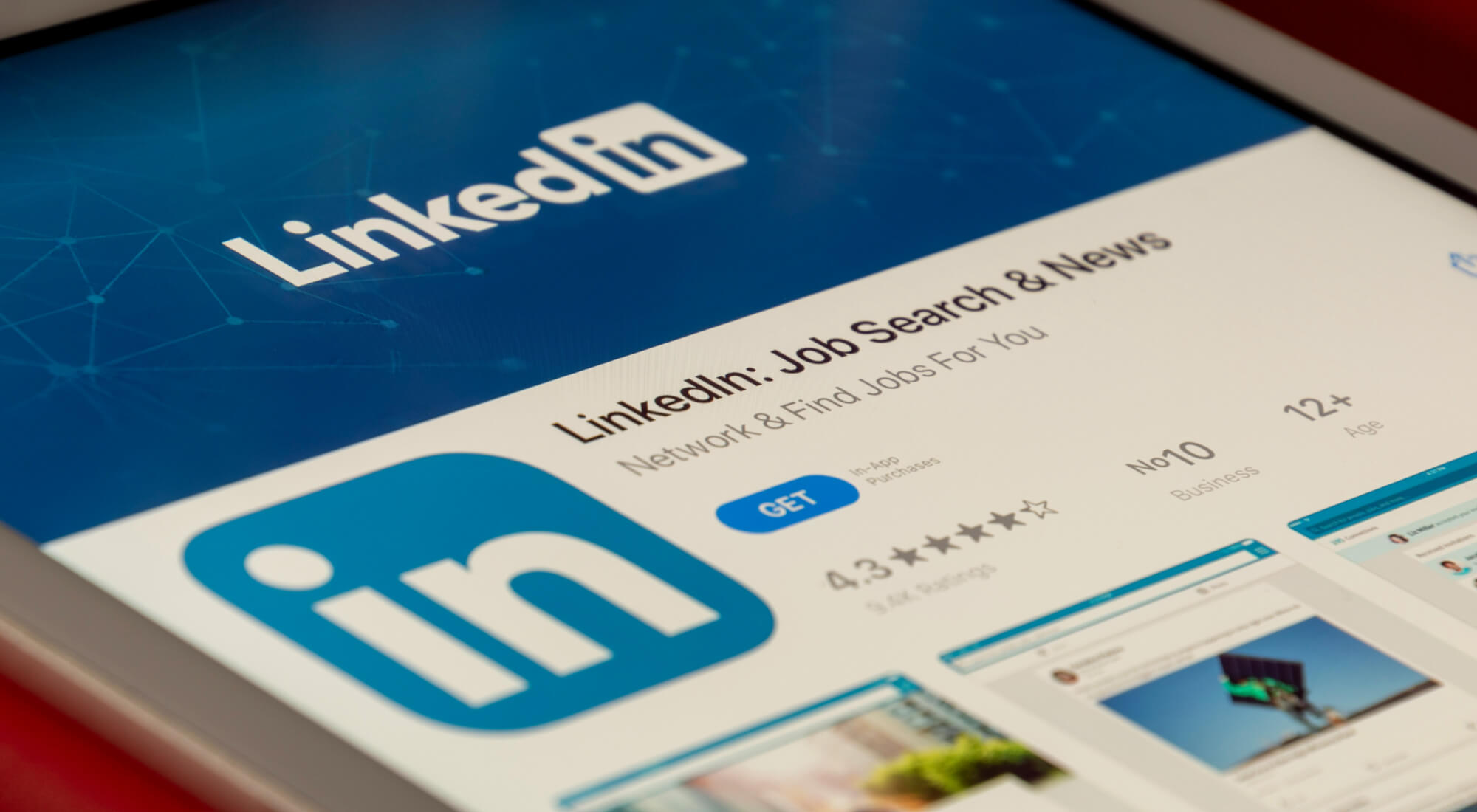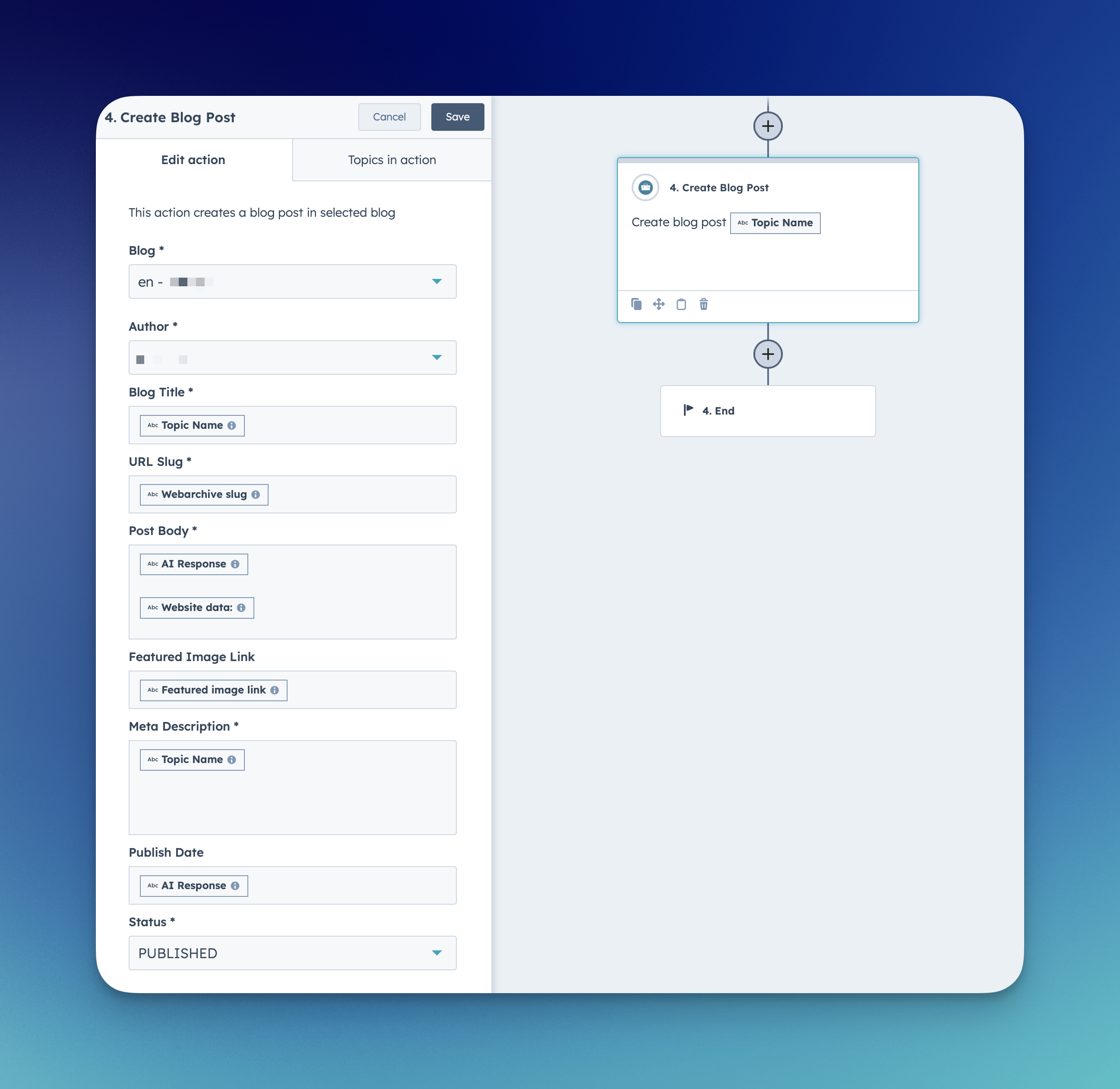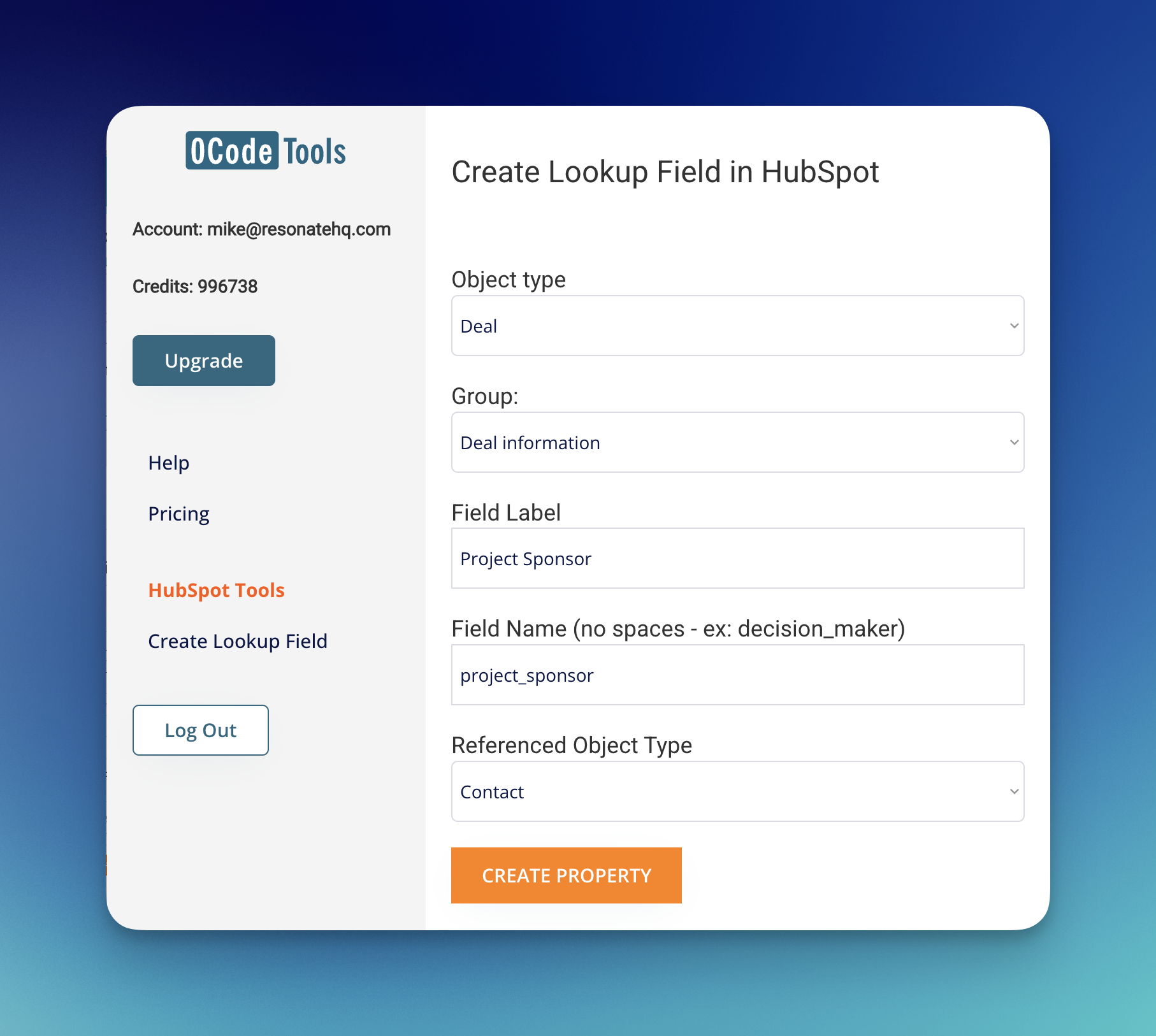
In today's competitive business landscape, B2B companies face the constant challenge of finding the most effective marketing channels to reach their target audience and generate high-quality leads.
LinkedIn, with its impressive base of over 900 million professionals, has great potential to transform a company's outreach strategy. However, like any marketing approach, LinkedIn advertising comes with its own set of pros and cons.
In this article, I will dive into the world of LinkedIn advertising uncovering its various aspects - benefits, drawbacks, and how to create compelling and effective ad campaigns.
Before discussing if you should advertise on LinkedIn, it is essential to initially grasp the variety of advertising choices offered on the platform.
Every ad format is designed to suit various marketing goals, target groups, and content styles.
| Ad format | Features | Selling points |
| Sponsored Content |
|
|
| Conversation Ads |
|
|
| Dynamic Ads |
|
|
| Text Ads |
|
|
In my experience, when running LinkedIn ad campaigns, targeting smaller audiences can result in higher expenses and less than ideal outcomes.
Instead of concentrating on specific companies, I suggest implementing a more well-thought-out strategy to efficiently connect with your preferred audience.
Industry Targeting: Start by identifying the industries most relevant to your product or service. This way, you can reach a broader range of companies that share similar characteristics, increasing the likelihood of connecting with your ideal audience.
Company Size and Category: Further refine your targeting by selecting companies based on their size or category (e.g., Fortune 500 companies, Forbes' Most Innovative Companies, or startups). This approach allows you to focus on specific market segments that are more likely to be interested in your offering.
Job Function and Department: Once you have established a target list of companies, dive deeper into the organizational structure by narrowing your audience based on job function or department. For example, if you're promoting project management software, you might want to target individuals working in project management, operations, or IT departments.
Seniority Level: To ensure your ads are reaching decision-makers or those with influence, consider targeting individuals based on their seniority level. This can help improve the chances of your message resonating with the right people who have the authority to make purchasing decisions.
Skills and Interests: Another way to fine-tune your audience is considering the skills and interests of your target demographic. By aligning your ad messaging with the specific needs and interests of your audience, you can increase engagement and conversion rates.
I've often encountered discussions and debates about the benefits of LinkedIn advertising. There is no doubt that examining this topic is important, especially for companies striving to optimize their B2B marketing strategies.
I'll share insights on the key benefits of LinkedIn ads, drawing from my own experience and industry expertise to provide you with a comprehensive understanding of the platform's potential impact on your business.
1. Precise Targeting Capabilities: LinkedIn's advanced targeting options allow B2B marketers to reach the right decision-makers and influencers within their target audience. Using segmentation by job title, function, industry, company size, and more, B2B marketers can ensure their ads are being shown to the most relevant professionals.
Example: A B2B software company can target CTOs and IT managers within specific industries, ensuring their ads are seen by those responsible for software purchasing decisions.
2. Webinar Registrations with Event Ads: LinkedIn's event ads allow B2B companies to promote webinars and online events, attracting the right attendees and boosting registrations. These ads can help target specific audiences who are likely to be interested in the event's topic, thus enhancing the event's impact and value.
Example: A software vendor can use LinkedIn ads to promote online events, targeting IT professionals and decision-makers in specific industries to ensure the content reaches those who would benefit from it the most.
3. High-Quality Professional Audience: LinkedIn is a platform where professionals come to network, learn, and engage with industry-related content. This results in a highly qualified audience that is receptive to B2B marketing messages.
Example: B2B marketers can leverage LinkedIn's professional audience to share industry insights, thought leadership pieces, and webinars that demonstrate their expertise and position their company as a valuable partner.
4. Enhanced Brand Awareness and Credibility: LinkedIn advertising helps B2B companies build brand recognition and trust among their target audience. By sharing valuable content, participating in discussions, and engaging with users, businesses prove to be leaders in their respective industries.
Example: A B2B consulting firm can create sponsored content highlighting case studies and success stories, showcasing their expertise and credibility to potential clients.
5. Effective Lead Generation: LinkedIn advertising can drive high-quality leads for B2B companies. By offering valuable content, such as whitepapers, eBooks, or webinars, in exchange for contact information, businesses can generate leads that are more likely to convert into customers.
Example: A B2B marketing agency can use LinkedIn's lead generation forms to capture contact information from potential clients interested in a free marketing audit.
6. Integrated Marketing Approach: LinkedIn advertising can be effectively combined with other B2B marketing strategies, such as email marketing and direct outreach, to nurture prospects through the sales funnel. However, this benefit is not exclusive to LinkedIn advertising. Most digital advertising platforms allow for some form of integration with other marketing strategies.
Example: A B2B SaaS company can use LinkedIn ads to promote a whitepaper, then follow up with prospects via email and personalized InMail messages to further engage them and drive them towards a conversion.
After exploring the numerous benefits of LinkedIn advertising, it's crucial to understand how to measure the effectiveness of your campaigns to maximize their potential.
Remember: to really measure the success of your LinkedIn ad campaign, you need to have a deep understanding of your marketing goals and the audience you're trying to reach.
Simply looking at metrics like cost per click or cost per lead won't give you the full picture of how your campaign is doing. It's important to take a holistic approach and consider all the factors at play.
Here are some key aspects to consider when evaluating the success of your LinkedIn ads:
Identify the right funnel stage: to optimize LinkedIn advertising, it's essential to use it at the appropriate stage of the marketing funnel. For instance, B2B tech agencies often find LinkedIn to be more effective in generating high-quality leads compared to Google Ads. Implementing proper nurturing strategies after acquiring leads can help maximize the platform's potential.
Leverage retargeting: retargeting on LinkedIn can help maintain visibility among your target audience and drive conversions. By keeping your brand top-of-mind through retargeting, you can improve the overall performance of your campaigns.
Integrate with direct outreach: combining LinkedIn advertising with direct outreach strategies, such as sponsored posts, direct messages, and cold emails, can create a more cohesive and effective marketing approach. Follow up with content like white papers and case studies to provide additional value and build trust with your audience.
Focus on long-term KPIs: while short-term KPIs like CPC and CPL are essential, experienced marketers also prioritize long-term KPIs, such as customer retention and net new revenue. By evaluating your LinkedIn campaigns based on these metrics, you can better determine if the platform aligns with your marketing goals and target audience.
Monitor customer satisfaction: assess the satisfaction level of customers acquired through LinkedIn advertising. Happy customers are more likely to become loyal clients and generate positive word-of-mouth, ultimately boosting your brand's reputation.
Before investing in LinkedIn advertising for B2B marketing, it's important to be aware of its drawbacks. These factors can impact the effectiveness of your campaign, so it's worth taking them into consideration before making any decisions.
1. Higher Costs: LinkedIn ads tend to be more expensive compared to other platforms. For B2B marketers with a tight budget, this may impact the overall return on investment.
Although the platform comes at a higher cost, it's worth it because of its exceptional ability to attract first-rate leads and specifically cater to a professional audience.
Example: a small B2B startup seeking to maximize their ad spend might find it difficult to compete with larger, more established companies that have bigger budgets and are also vying for the attention of the same target audience on LinkedIn.
Despite the higher costs, it's important to consider that LinkedIn's precise targeting and professional user base can yield high-quality leads and meaningful business connections.
2. Limited Ad Formats: While LinkedIn offers ad formats tailored to professionals, it still lacks the range of options available on other platforms.
This limitation may hinder creativity and the ability to experiment with different ad types, especially when compared to platforms like Facebook.
Facebook offers a range of ad formats that advertisers can choose from, including images, videos, carousels, slideshows, and collection ads. They also provide tools such as Instant Experiences and Messenger ads. This broad choice of formats gives advertisers the flexibility to experiment with different creative approaches.
Example: A B2B software company looking to showcase an in-depth product demo or create an interactive virtual tour of their software solution may find it challenging to do so on LinkedIn, as the platform's ad formats don't offer the same level of interactivity and engagement as some other platforms.
In contrast, Facebook offers Canvas ads, also known as Instant Experiences, which enable advertisers to create immersive, full-screen experiences that can include videos, carousels, tilt-to-pan images, and even lead forms, providing a more engaging and interactive way to showcase a product or service.
3. Less Diverse Audience: LinkedIn's primary focus as a professional networking platform means it may not be the ideal choice for B2B marketers aiming to reach a wider or more varied audience. This could potentially restrict the scope of a campaign and its overall impact.
Example: Consider a B2B company that provides services catering to both professionals and individual consumers, such as a software solution for managing personal finances as well as corporate accounting. On LinkedIn, the company might effectively target finance professionals and decision-makers in organizations, but they could miss out on engaging with potential individual consumers who might not be active on the platform.
4. Lower Click-through Rates: indeed, LinkedIn ads often have lower CTRs compared to other platforms due to several reasons. Why does it happen?
Example: a B2B marketing agency might see that their sponsored content on LinkedIn receives a lower CTR than comparable content on Facebook. The agency may discover that the leads generated through LinkedIn are more relevant, qualified, and genuinely interested in their services, despite the lower CTR. In this case, the lower CTR shouldn't deter the agency from continuing to leverage LinkedIn as a valuable B2B marketing platform.
5. Slower Audience Growth: building a significant following on LinkedIn can take time, particularly for small businesses and new brands. This slower growth may impact the effectiveness of organic content and brand awareness efforts.
Example: a B2B software startup looking to expand its audience on LinkedIn might initially find slower growth than desired. However, by consistently sharing high-quality content, engaging with industry influencers, and participating in relevant LinkedIn groups, they can gradually build their following and establish their brand in the industry. This organic growth can complement paid advertising efforts, creating a well-rounded marketing strategy.
To sum up, LinkedIn stands out as a unique and powerful platform for B2B businesses to reach and engage their target audience. The unique feature of this platform is that it brings professionals together, providing exceptional targeting options and an engaged audience who appreciates content tailored to their industry.
Although LinkedIn advertising has its drawbacks, such as higher costs, lower click-through rates, and slower audience growth, the platform's benefits can outweigh these challenges when used strategically. With the help of LinkedIn's professional setting, B2B companies can efficiently create new leads, increase their brand visibility, and establish credibility in their industry.
This is particularly true when it comes to niche, high-priced products/services that cater to a LinkedIn-aware and active target group.
To make the most of LinkedIn advertising, companies should carefully consider their objectives, target audience, and available resources. Combining LinkedIn's advertising opportunities with other marketing channels can provide a comprehensive and effective marketing strategy to thrive in the B2B market.
Essentially, LinkedIn advertising offers a valuable opportunity for B2B businesses to take advantage of its unique features and professional user base to achieve their marketing goals and move their business forward.
At Resonate, we know that every business is unique, which is why we customize our approach for every client. We test two main strategies: scaling and a granular approach. The former allows us to reach a broader audience, while the latter involves creating personalized messages tailored to specific user groups. We evaluate both strategies to determine the most impactful approach for each client.
Moreover, we are proud to have developed our own AI tool that can generate competitive ad copies simply based on the URLs of the websites you want to advertise.
From pinpointing your ideal audience to crafting compelling ad content and meticulously analyzing campaign performance, we take care of it all.

Learn exactly how to connect a custom (root or sub) domain, update DNS records, and launch your HubSpot ...

We have just introduced a new workflow action for automatically creating and publishing blog posts in Hu...

If you’ve ever worked with Salesforce, you know how powerful “lookup fields” can be for connecting recor...